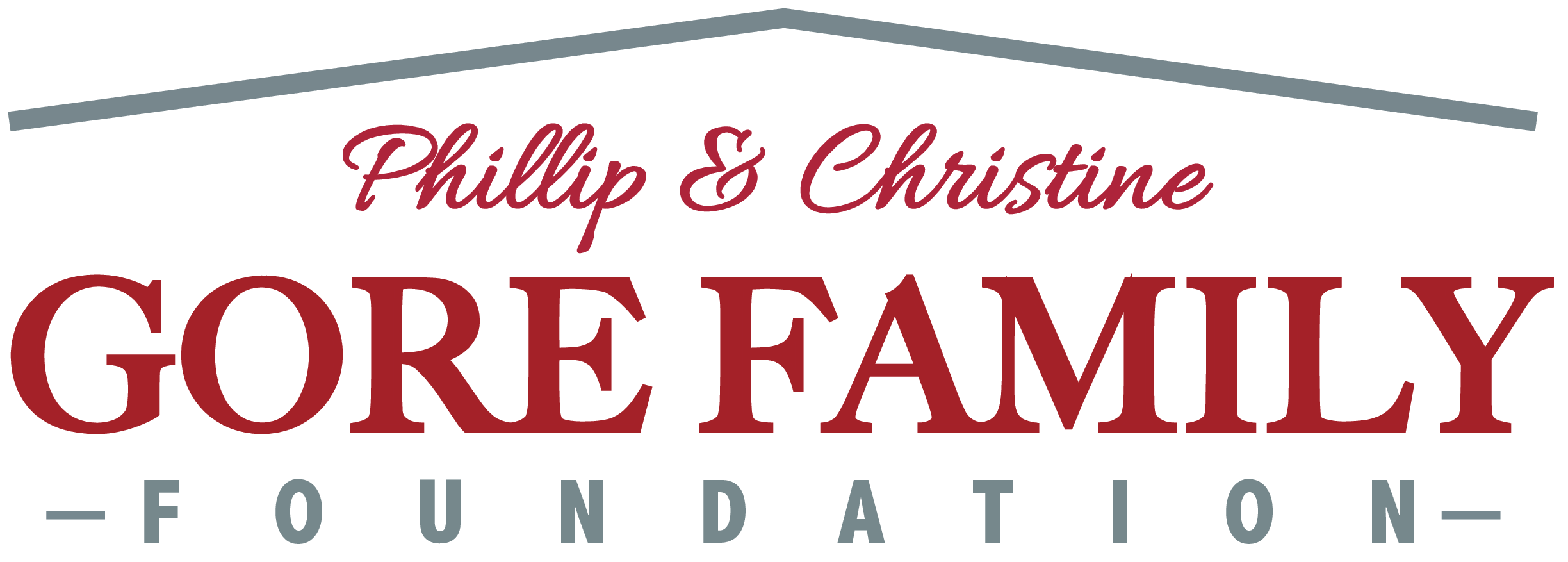Assessments
Assessments are conducted by our Special Education Teachers at the beginning and end of each school term. This plays an integral role in our operations as it advises our Special Education Teachers (S.E.T) on areas such as: the instructional needs of the student, developmental delays, the knowledge base of the student, the performance base of the student, and student placement. These assessments also highlight specific academic areas that need to be revised or taught, allowing the process of teaching and learning to be as effective as possible. Our assessments are not only effective for our S.E.Ts but also for the class teacher in our schools and parents as we aim to work together to improve and contribute to our student’s holistic development.
There is an assessment document tailored to each age group – 3-year-olds, 4-year-olds, 5-year-olds and 6-year-olds. Our assessment document tests in the areas of physical, cognitive, language and social and emotional development. Scores range from 1 to 4, with 4 being the highest score that a student can achieve. The scoring guide is on each assessment document. All data collected is treated with the utmost confidentiality.
How Assessments are Conducted
The S.E.Ts visit their assigned schools and use the class teacher’s register to fill in students names and dates of birth as the form requires this information. If available, an empty classroom or hall is used as the testing area. Otherwise, a space on the school grounds that is quiet and free from distraction is used. The testing area is then prepared with a desk and chair for the assessor and student and items that the assessor will need throughout the testing such as but not limited to hand sanitizer, coloured blocks, pencils, erasers, crayons, puzzle pieces, books, tennis balls and fudge sticks. Upon arrival at the testing area each child is sanitized. The assessor develops a rapport with the student before beginning testing by having a simple conversation and sometimes singing a song. An assessment varies in length from 10-15 minutes per child depending on the ability of the child. The assessor then goes to the class teacher for her to fill out the social and emotional section of the assessment for each child.
These are samples of the assessment forms we use to test the children in our basic schools at the beginning and end of each school term.
Findings
The data collected is logged into an excel spreadsheet for each school. The headings tell the total score for each category and the score per category for each child. All scores are tallied and then a total score and percentage for each child is determined. An overall percentage for each age group is calculated after each child’s scores have been inputted. A copy of this spreadsheet is sent to the principal of each school.
Any child that scores below 70% on these assessments is placed into our Early Intervention Program. Lesson plans are specifically developed for these children to improve in the areas where they scored low on the assessment. These children also benefit from one on one sessions with our S.E.T’s. In these cases, an analysis is done of the home situation of the child to determine if this is a factor hindering their development. SET’s work closely alongside the school administrators to determine how or if we can assist.
Below is an example of the Developmental Milestone Analysis spreadsheet with the compiled data.
Comparison Report
As mentioned, testing is done at the beginning and end of each term. After our S.E.T’s conduct their assessment at the end of the term, an excel spreadsheet is done to compare the scores of the students at the beginning of the term as opposed to the end of the term to note any regression, improvements or lack thereof. A copy of this report is also sent to the principal of each school. A team meeting is held with the S.E.T assigned to each school regarding the findings of the report and to discuss the way forward.

Grade One Individual Assessment
This assessment document is used to test the 5 and 6 year old students who scored below 70% on the developmental milestones on their readiness for grade one. Principals and teachers can also recommend additional 5 and 6 year old students to be tested. This assessment tool goes further in depth and comprises more areas than the milestone document. Students are tested in general knowledge, number concepts, oral language, reading, writing, drawing, work habits and classroom behaviour. This gives our S.E.T’s and school administrators a thorough view of areas the student needs improvement in to be ready for matriculation to grade one. Testing can take 30-45 minutes per child depending on the ability of the child.
Below is an example of a blank Grade One Individual Assessment form.
Snapshot Feature
Here are some of our Special Education Teachers caught on camera conducting assessments in our basic schools.










